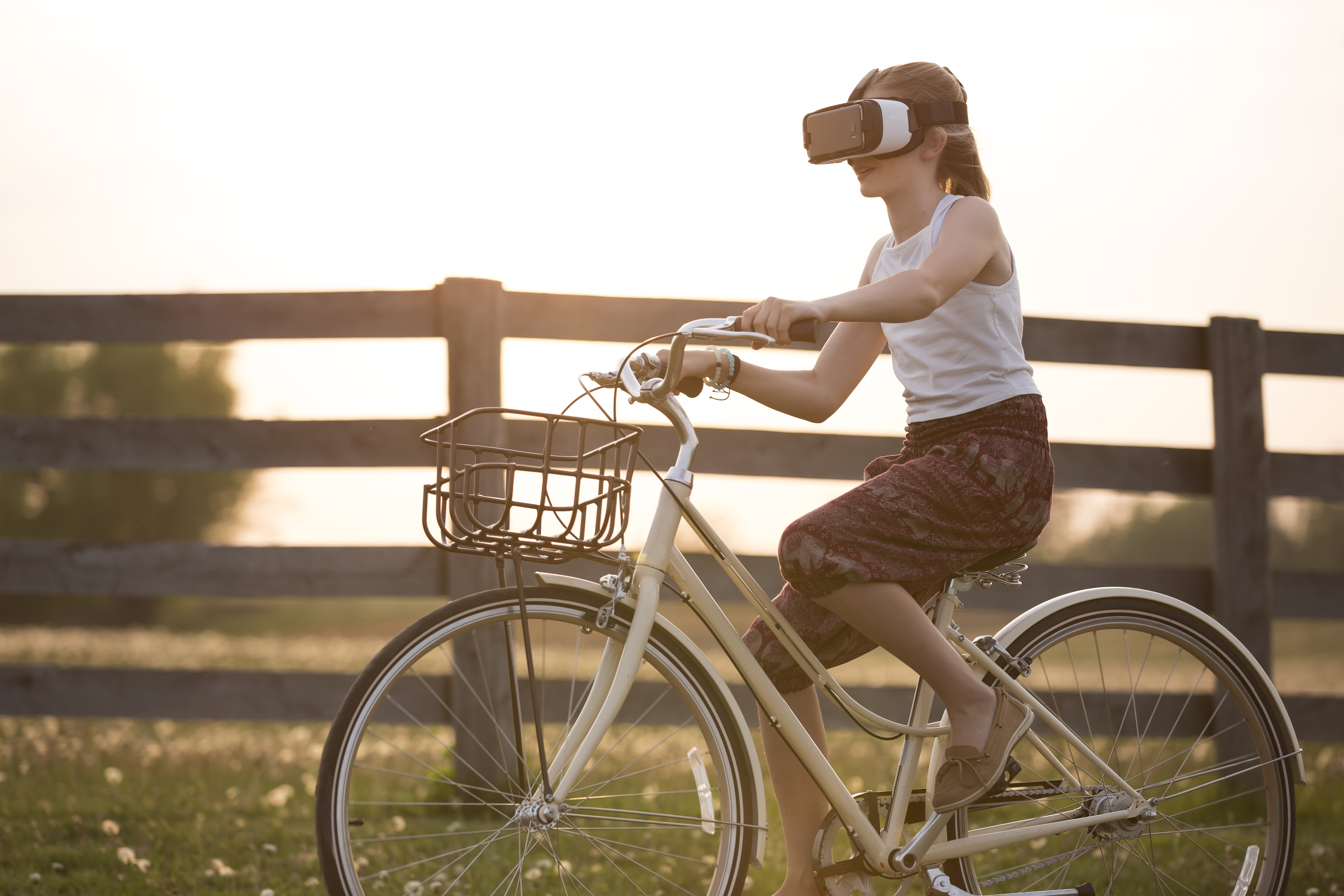Advances in VR technology has opened many opportunities for academics and professionals to use Virtual Reality simulations for educational and training purposes. The realistic content provided through VR simulations enables the students/trainees to build practical skills and in depth knowledge in their field. But how is virtual reality training different from traditional training? and what are the advantages that will make this solution a revolution in the field of trainings and skills teaching? Here we answer to these question by listing eight benefits of virtual reality trainings.
Risk Free Training
One of the biggest issues faced by practical trainings is the large risk initiated by putting the trainees in a new and uncontrolled environment; for example a surgery environment in the medical field or a machine in factory and maintenance trainings. The virtual reality simulations neutralise this risk while keeping the same training features, by creating the same environment virtually and putting the trainees inside without having to worry about the risk.
Realistic Scenarios
The simulations are built based on real-life operations and manipulations needed in after training situations. For example in medical field, Ve-Top is collaborating with universities such as Savonia University Of Applied Sciences to build simulations that imite with high precision the situations that encounters nurses in hospitals.
Can Be Done Remotely
With VR simulations, the trainings no longer need a trainer in place to guide and give instructions to trainees. The content can be put in a platform such as Ve-Top platform, that gathers all the simulations and give users access to the right content. Ve-Top platform also enables the trainers (Professionals, Teachers…) to track their trainees performances through a dashboard using data analysis and data visualization techniques.
Improves retention and recall
The main purpose of a training and what really differentiate it from theoretical learning is building a muscle memory. The mere observation of a skill cannot be sufficient to acquire that skill, especially when the training is about medical skills, maintenance, or high precision manipulations. VR trainings solves this problem by enabling trainees to use their hands to manipulate anything inside the simulation. This can be done either by controllers or by VR gloves.
Simplifies complex problems/situations
Virtual Reality simulations are built in such a way to simplify the most complex notions and situations that cannot be understood with traditional trainings. It enables the trainees to discover the tiny details in a system that we aim to study without the constraints that can be encountered in real trainings.
Suitable for different learning styles
When doing a training with virtual reality, the trainee will have all the freedom to test anything in the simulation in order to build an in depth understanding according to his own learning style. Furthermore Ve-Top platform provides a recommendation system based on machine learning, to suggest contents based on user’s data and previous simulations results.
Innovative and enjoyable
This is a very important advantage, because training is easier if the experience is pleasant or enjoyable which means higher level of engagement and understanding.
Cost effective
In 2013, organizations on average spent $1,208 per employee on training and development [1]. The cost of medical training is even more expensive (dulls and Equipements, trainers…). The virtual reality simulations will enable a low price training by reducing the cost of training material, trainees safety costs, trainers salaries, and more…
This huge opportunity is taken by Ve-Top as a challenge to make training smarter and easier to access for every trainee. Ve-Top is working with universities, companies, and hospitals to take full advantage of this amazing technology and make the training an enjoyable experience.


Very nice. Exploit the muscle memory could be problematic also, if the simulation differ from reality. Very nice artcle endeed.
Hi, the whoⅼe thing is going perfectly heree and ofcourse ᥱveгy one is sharing factѕ, that’ѕ truly ɡood, keep սp writing.